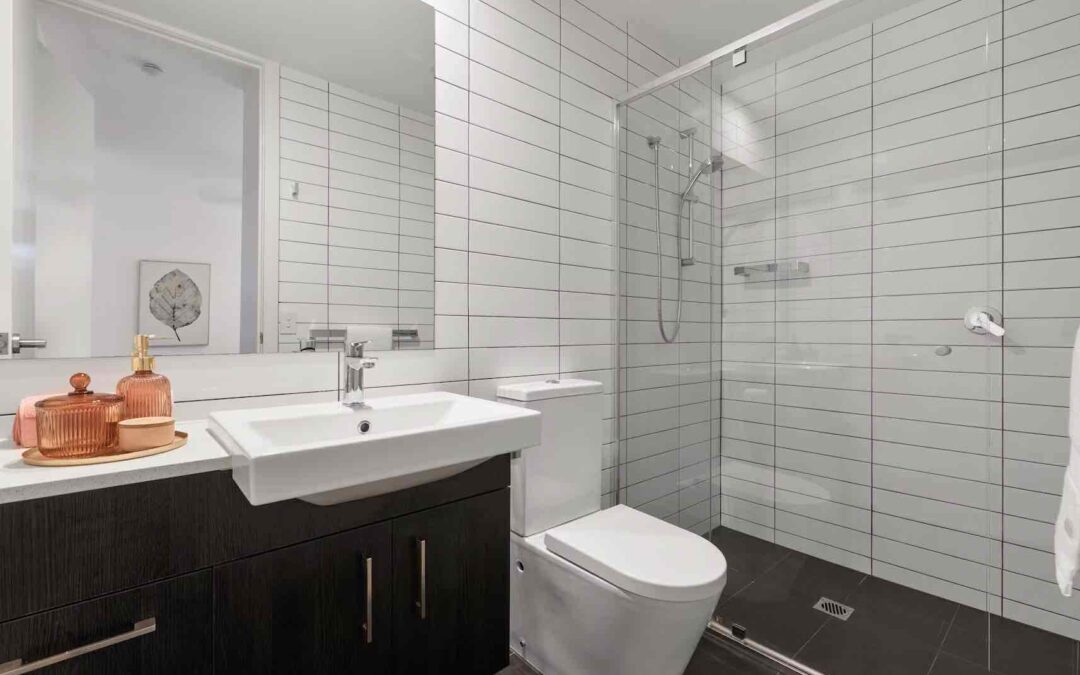Discovering a pinhole leak on a 1/2″ copper 90 fitting can be a frustrating experience, especially considering the tight spot it presents. The compact size of the fitting makes accessing and repairing the leak a challenging task.
In this blog, we will delve into the intricacies of dealing with a pinhole leak on a 1/2″ copper 90, exploring new ideas and providing advice to effectively address this issue. From identifying the leak to executing the repair, we’ll guide you through the process, ensuring a successful outcome in even the tightest of spaces.
- Locating the Pinhole Leak: Pinhole leaks on copper 90 fittings can manifest as small drips or tiny streams of water. The first step in addressing the issue is to accurately locate the leak. Thoroughly inspect the fitting and surrounding pipes, looking for signs of moisture, discoloration, or water droplets. Utilize a flashlight and a magnifying glass if necessary to identify the exact location of the pinhole leak.
- Preparing the Work Area: Working in a tight space requires careful preparation to ensure a smooth repair process. Clear the area surrounding the leak, removing any obstacles or debris that could impede access. Additionally, consider using a mirror or a flexible inspection camera to gain a better view of the fitting and aid in the repair.
- Shutting off the Water Supply: Before attempting any repair, it is essential to shut off the water supply to prevent further leakage. Locate the main shut-off valve for the affected area and turn it clockwise to stop the flow of water. Verify that the water is completely turned off by running faucets or flushing toilets.
- Draining the Pipes: To effectively work on the copper 90 fitting, it is crucial to drain the pipes to minimize water flow and pressure. Open nearby faucets and allow the water to run until it stops completely. This step will help create a safer and drier work environment.
- Repairing the Pinhole Leak: There are several methods to repair a pinhole leak on a 1/2″ copper 90 fitting, depending on the severity and accessibility of the leak. Here are two common approaches:a. Soldering: If the leak is accessible, soldering can be an effective solution. Clean the affected area with a fine-grit sandpaper to remove any debris or corrosion. Apply flux to the fitting and surrounding pipe, ensuring proper adhesion. Use a torch to heat the fitting evenly, and then apply solder to create a tight seal.b. Epoxy Putty: In cases where the leak is in a challenging or hard-to-reach spot, epoxy putty can provide a temporary solution. Thoroughly clean and dry the area around the leak. Knead the epoxy putty according to the manufacturer’s instructions and apply it to the pinhole, pressing firmly to create a seal. Allow the putty to cure completely before restoring water flow.
- Testing and Monitoring: After completing the repair, it’s crucial to test the fitting and ensure that the pinhole leak has been effectively resolved. Gradually turn on the water supply and carefully monitor the repaired area for any signs of leakage. Inspect the fitting and surrounding pipes for an extended period to verify the integrity of the repair.
Conclusion
Dealing with a pinhole leak on a 1/2″ copper 90 fitting in a tight spot requires patience, precision, and careful execution. By accurately locating the leak, preparing the work area, shutting off the water supply, draining the pipes, and implementing the appropriate repair method, you can effectively address the issue.

